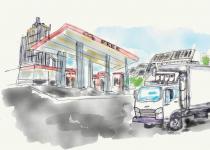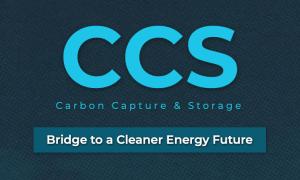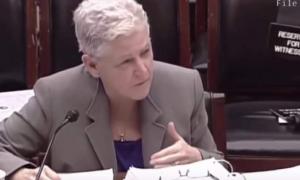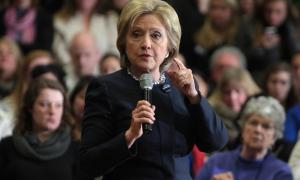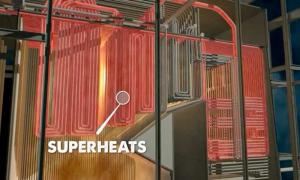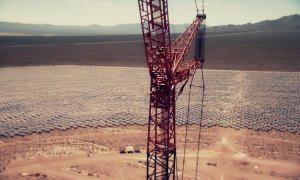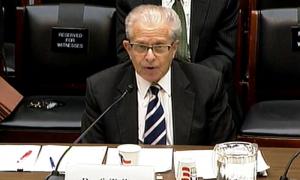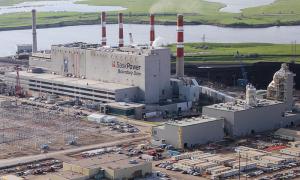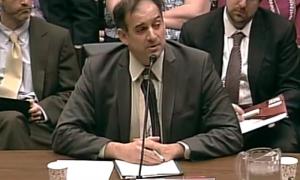Researchers at EPFL have patented a new concept that could cut trucks’ CO2 emissions by almost 90%. It involves capturing CO2 within the exhaust system, converting it into a liquid and storing it on the vehicle. The liquid CO2 would then be delivered to a service station and where it will be turned back into fuel using renewable energy.
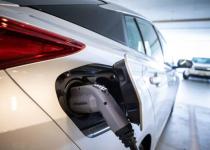
Electric vehicles are supposed to be green, but the truth is a bit murkier
At gatherings of electric vehicle enthusiasts, the curious surround Rob Spreitzer and his car. Both are celebrities in these circles — he's known as "High Mileage Rob," having driven more than 115,000 kilometres in his Tesla Model 3 in a little more than a year of ownership.
No other Model 3 in Canada is believed to have reached that milestone in such a short time, and it's possible no other battery-only electric vehicle has either.
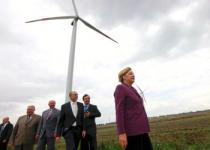
Germany Pulls Plug On Wind Energy As Industry Suffers ‘Severe Crisis’
Once lavished with huge incentives, the German wind industry is being hit hard after the government recently ended the huge subsidies that were once aimed at expanding the installation of wind energy capacity.
Power grid operators had been struggling to keep the grid stable due to erratic feed-in and the subsidized feed-in of wind energy caused German electricity prices to become among the most expensive worldwide.
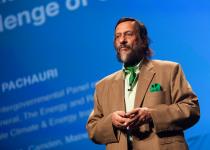
Everyone Wants Carbon Capture And Sequestration — Now How To Make It A Reality?
A sense of urgency to keep global emissions of greenhouse gases from peaking beyond 2020 is bringing environmentalists to accept the oft-contentious carbon capture and sequestration (CCS) technology. “Undoubtedly, we have to move away from fossil fuels,” Nobel Peace Prize winner and climate scientist Rajendra Pachauri told me, “but given the fact that we need to urgently reduce emissions, we have to adopt options which certainly include [carbon dioxide removal] technologies as well as CCS options, with large scale forestry activities as well.”

SaskPower CCS Facility Achieves Milestone with 3 Million Tonnes of CO2 Captured
As of November 4, 2019, SaskPower’s Carbon Capture and Storage (CCS) facility near Estevan has captured more than three million tonnes of carbon dioxide (CO2) - equivalent to taking 750,000 vehicles off the road.
In 2014, Boundary Dam Power Station became the first power station in the world to successfully use CCS technology.
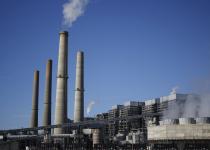
THE ENVIRONMENTAL LEFT IS SOFTENING ON CARBON-CAPTURE TECHNOLOGY. MAYBE THAT’S OK.
AT THE START of this year, more than 600 environmental groups — including Greenpeace, Friends of the Earth, and Sunrise Movement — sent a letter to Congress saying they will “vigorously oppose” federal climate legislation that promotes “corporate schemes” like carbon-capture and storage.
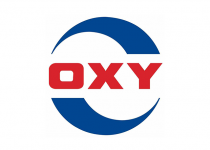
Occidental CEO calls for new U.S. laws to boost carbon capture
CHICAGO — Occidental Petroleum Corp plans to shift toward a carbon-neutral production model, it chief executive said on Thursday, but new U.S. laws are needed to support technologies designed to fight global warming.
Occidental, which recently purchased oil producer Anadarko Petroleum in $38 billion deal, is advancing its use of technologies to capture carbon, and prevent the element from escaping into the atmosphere.

